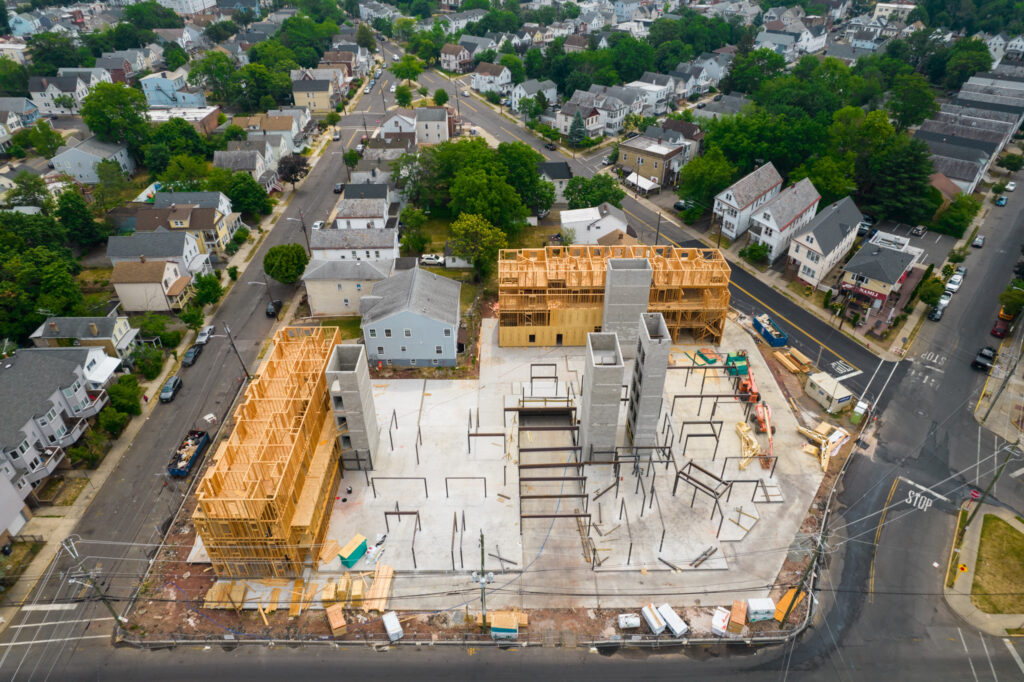Multi-Generational Home Design: Creating Comfortable, Functional Spaces for All Ages
As housing costs rise and family dynamics evolve, multi-generational living is becoming increasingly common. According to the Pew Research Center, nearly one in five Americans now lives in a multi-generational household. Whether due to aging parents moving in, adult children returning home, or families pooling resources, the trend toward shared living spaces has sparked a […]
Multi-Generational Home Design: Creating Comfortable, Functional Spaces for All Ages Read More »












